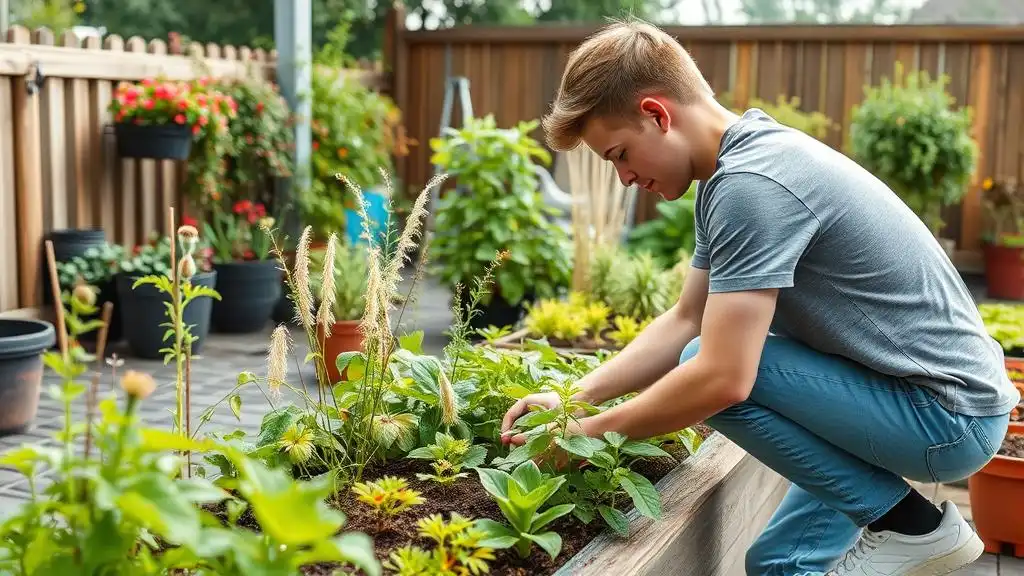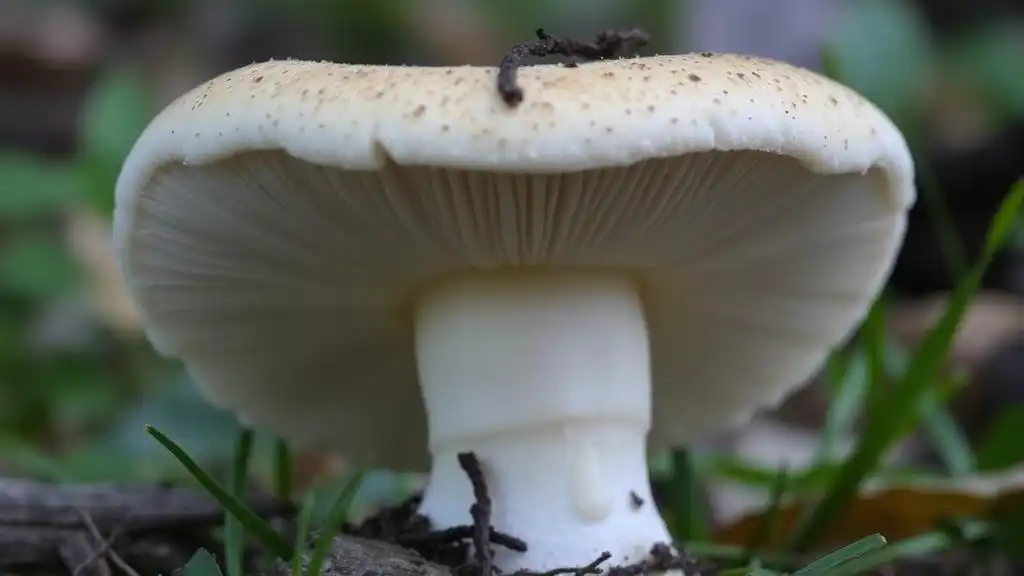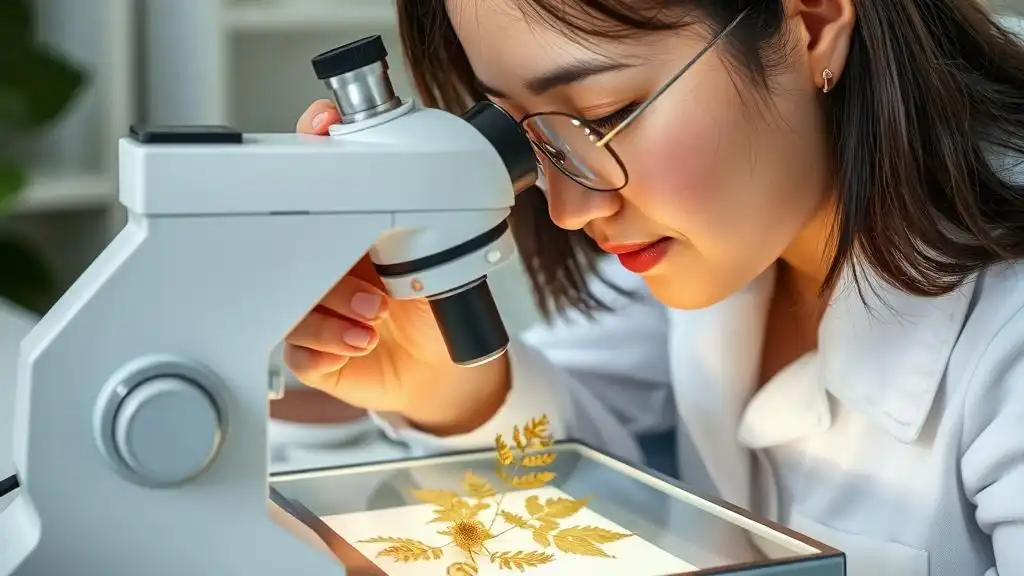Sugar Boost: The Surprising Effect of Sugar Water on Plants

In the abundance of hacks, the use of sugar as a nutritional support is on the list of the most promoted ones. Although many gardeners claim that dissolved sugar can facilitate growth and boost the greenery life, the efficiency of this method remains controversial. Do plants like sugar water in reality, or is it a persistent myth?
Contents:
In the abundance of hacks, the use of sugar as a nutritional support is on the list of the most promoted ones. Although many gardeners claim that dissolved sugar can facilitate growth and boost the greenery life, the efficiency of this method remains controversial. Do plants like sugar water in reality, or is it a persistent myth?
Implementing such a technique to the daily routine may become a life-changing moment, yet the direction of its consequences cannot always be praised. So, let us explore if sugar is a beneficial plant supplement or if it may pose significant threats to the plant’s vitality in the end.

Sugar in Photosynthetic Activity
Let us start with the botany basics. The process of photosynthesis is a crucial part of the plant’s lifecycle, during which plants convert light energy and carbon dioxide into chemical energy and produce glucose (or sugar, in simple terms). As a primary energy source, glucose fuels different cellular processes and the production of essential substances, such as cellulose, for example.
Proponents of the idea consisting in adding extra sugar to plant species believe that it can simplify and accelerate photosynthetic activity and plant growth, too. Others assert that sugar cannot but severely damage any plant, be it a lovely bouquet or a magnificent tree outdoors. Nevertheless, the truth lies between two extremes.
Myth or Fact: Sugar Supplements
Does sugar water help plants grow? Myths surrounding sugar supplements in gardening often state that adding water with dissolved sugar to soil can significantly boost plant growth, which is not particularly true. Since sugar is obviously a great source of energy, it may potentially lead to healthier, more productive vegetation, but when absorbed by stems, not roots.
By now, scientific research has not provided any supportive evidence that sugar does facilitate growth, though we surely know its potential harm to greenery.
How Sugar May Damage the Plant’s Health
Humans usually perceive natural processes through the prism of their own experience, and for us, humans, sugar represents a fine energy resource to consume. Plants, however, are different, for they do not have a digestive system but roots that absorb essential nutrients and water from the soil.
Besides, the type of sugar that most gardeners would use is a polysaccharide, which is a compound sugar element that cannot be easily broken down in comparison to glucose, a monosaccharide produced by the plant itself.
Hence, water with dissolved sugars in it may simply clog the roots, which makes it impossible for vegetation to absorb water and nutrients evermore. This is why plants often suffer and die, unable to consume sugar and vulnerable to harmful bacteria and diseases. So, instead of promoting growth, sugar supplements can create environmental distress and destroy the ecosystem at last.
Possible Benefits of Using Sugar Water for Cut Flowers
The only possible scenario when sugar water offers benefits rather than threats covers dying plants and cut flowers that can remain fresh for a bit longer period of time when provided with an immediate source of carbohydrates, i.e., sugar. Since stems are able to absorb sugar, the plant may thrive, though this effect is temporary. Mind that such a liquid might be used for cut flowers only.

What Could We Use Instead? Top Solutions
Modern agricultural practices offer numerous effective alternatives to promote healthy plant growth and proper development. The most obvious options are compost and organic fertilizers, e.g., manure, fish emulsion, etc., for they can improve soil structure, support microbial activity, and introduce necessary elements without adverse effects on the environment, usually associated with synthetic solutions.
Additionally, so as to improve temperature regulation and control soil moisture, one can turn to mulch, a traditional practice of covering plants’ bases with additional levels of materials like leaves, straw, twigs, and the like.
But how do you select the most appropriate course of action? Modern problems require modern solutions; and digital tools, the handy assistants in the realm of the present-day challenges, can address the majority of problems or at least guide one through them with profits and optimal results. Apps like AI Plant Finder, designed specifically for those who need prompt help 24/7, offer universal features that cover preparational stages, on-site aid, and post-harvesting procedures, too.
To choose the most suitable option for plant growth promotion, you can delve into the specifics of a particular plant type via the “Explore” section, whether by typing in its name or by accessing “Plant ID” and pointing the camera at the instance right in the app.
There, you will be given an opportunity to add a plant to your private garden log and explore its special needs and growth requirements as well. If the plant suffers, follow the same pattern to identify the disease in the “Diagnose” section, receive treatment suggestions, and address the problem on time.

Though many plant-centered hacks are widely promoted by social media, one should stay consistent and think twice before making a decision whether to stick to this or that recommendation or not. The same applies to the use of sugar water on plants. Remember that sugar, however beneficial it may seem at first, is not a good option for vegetation, but special fertilizers are.
Share:
Read More
Identify Any Plant, Diagnose Every Disease
Download Our App Now!


